Living Green With Pets: Pumpkin, Pumpkin, Pumpkin!
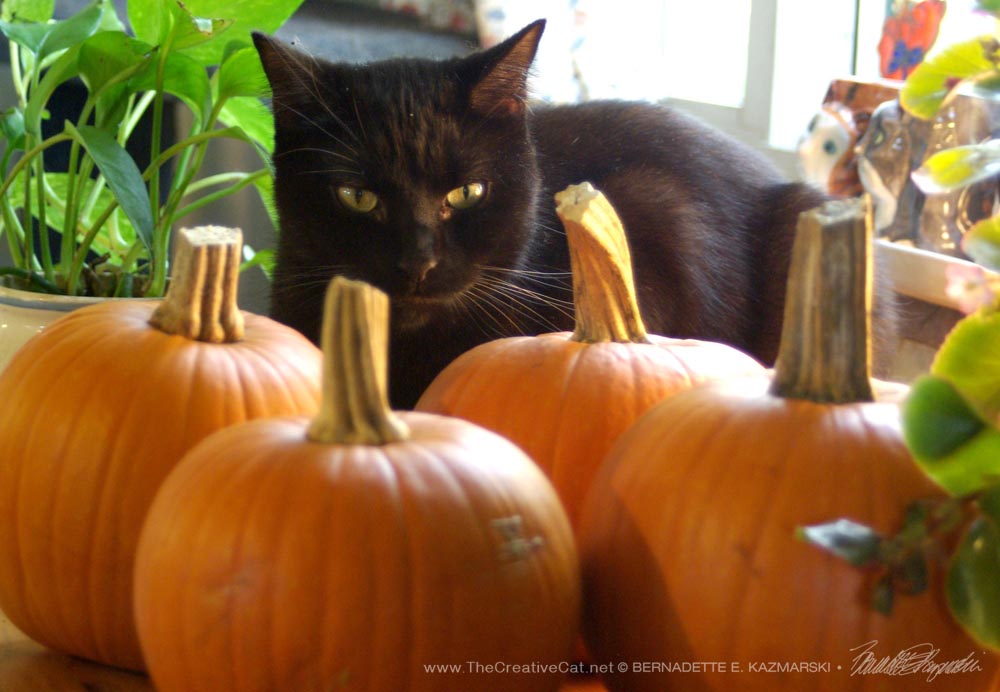
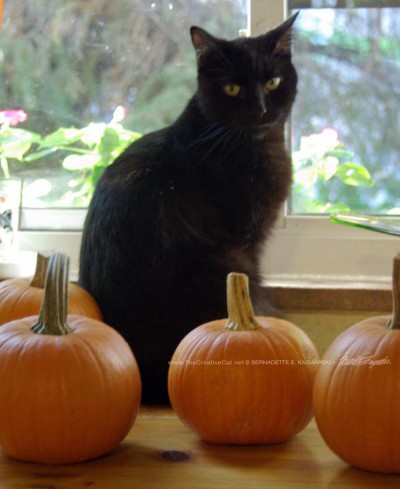
October is the month for pumpkins! Get some fresh organic pumpkins now to process for your pets, snacks for yourself, and free bird seed for your feathered friends—and your own fresh home made pumpkin pies.
Don’t forget to download your guide sheet to keep for shopping and cooking!
If you haven’t noticed, pumpkins are coming into season. In part it’s because they are elemental in our Halloween tradition, color, shape, jack-o’-lanterns and all, but reverse that and you’ll see they are part of our traditions at this time of the year because this is their season of abundance, and they are a most versatile and nutritious fruit.
Pumpkins actually originated in Central America where related seeds at least 5,000 years old have been found. Native Americans planted them as one of the “three sisters” of corn, pole beans and squash interplanted to support each other. Apparently, a good thing can’t be kept hidden because European explorers learned of them from Native Americans in North, Central and South America and took them back to their respective countries. They are grown all over the world, and in many cultures they are much more than a seasonal decoration but are a principle food source because of their ease of growth and high nutrition.
Pumpkin for your pets
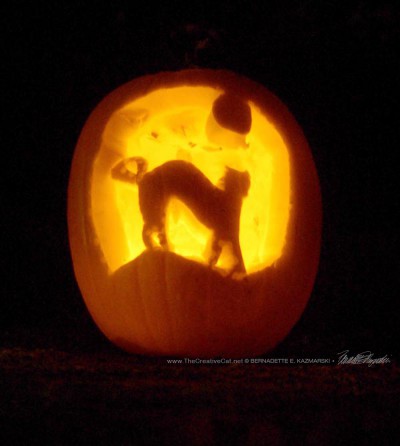
Speaking of pets first, pumpkin is highly recommended to keep on hand for bowel issues, namely constipation or diarrhea, especially in older pets. The fiber in pureed pumpkin flesh works the same way as a fiber product for human use, softening the stool and cleansing the colon in the case of constipation and helping bind loose stool by absorbing excess fluid and soothing inflamed intestines in the case of diarrhea, without the use of any drugs.
Add to this effect the level of nutrition delivered in a readily accessible form: it’s obviously bursting with beta carotene and also rich in vitamins A and C and in potassium. Pumpkin may not be a natural part of your pet’s diet, especially for carnivore kitties, but considering that the bowel conditions described above often result from an illness or chronic or acute disease, these particular nutrients in an easily digestible form can only help your pet.
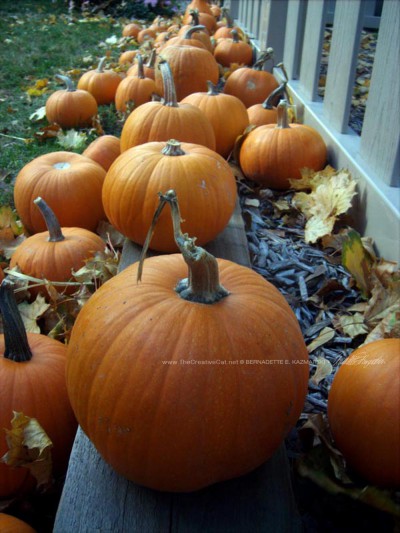
And not only that, but cats and dogs often really like it since it’s not icky chemical-tasting medicine. And if they won’t lap up enough of it to make a difference you can always fill a syringe with the right amount and gently dose it right into their mouth.
The basic dose is about one teaspoon per 15 pounds, so most cats and very small dogs would get one teaspoon, larger cats and small to medium dogs would get two teaspoons, and dogs larger than 30 pounds would get three teaspoons or one tablespoon. Cats larger than 30 pounds need to lose some weight.
It’s safe enough to give every day, and if they don’t need it it certainly doesn’t do any harm.
You could get a can of pumpkin, or you could buy fresh, buy local and visit your local farmer’s market or farm stand and patronize a local grower, even finding one who uses completely organic methods.
Choosing your pumpkin
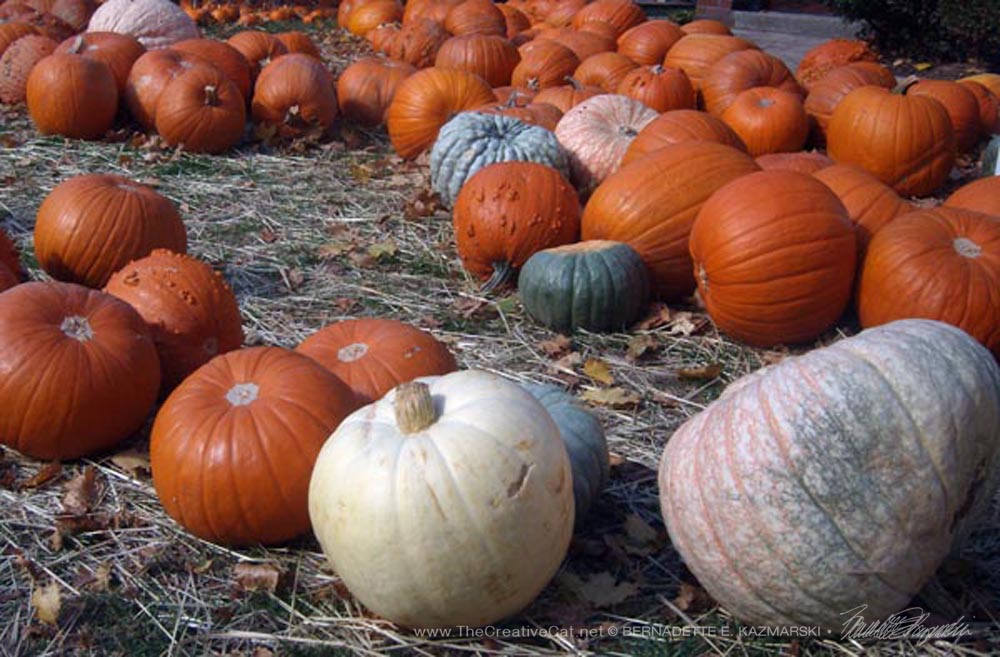
From the grocery store to the farmer’s market you’ll see all sizes of pumpkins from small and deep orange to large and warty and yellowish. The flesh of all the pumpkins you see have about the same amount of fiber and nutrients, with varying amounts of natural fruit sugar. Usually, the larger the pumpkin, the less sugar and the coarser the fiber.
The smaller pumpkins—not wee tiny but about the size of a small plastic play ball, around three pounds and 20 or so inches in circumference—are bred to be “pie pumpkins” with thick-walled sides, fine smooth flesh and more sugar that average. These are the most versatile since you can use them for pies and other baked goods and use them for your pets. Most sellers have these sorted separately and marked for pies, so don’t worry about taking a lot of gear to weigh and measure.
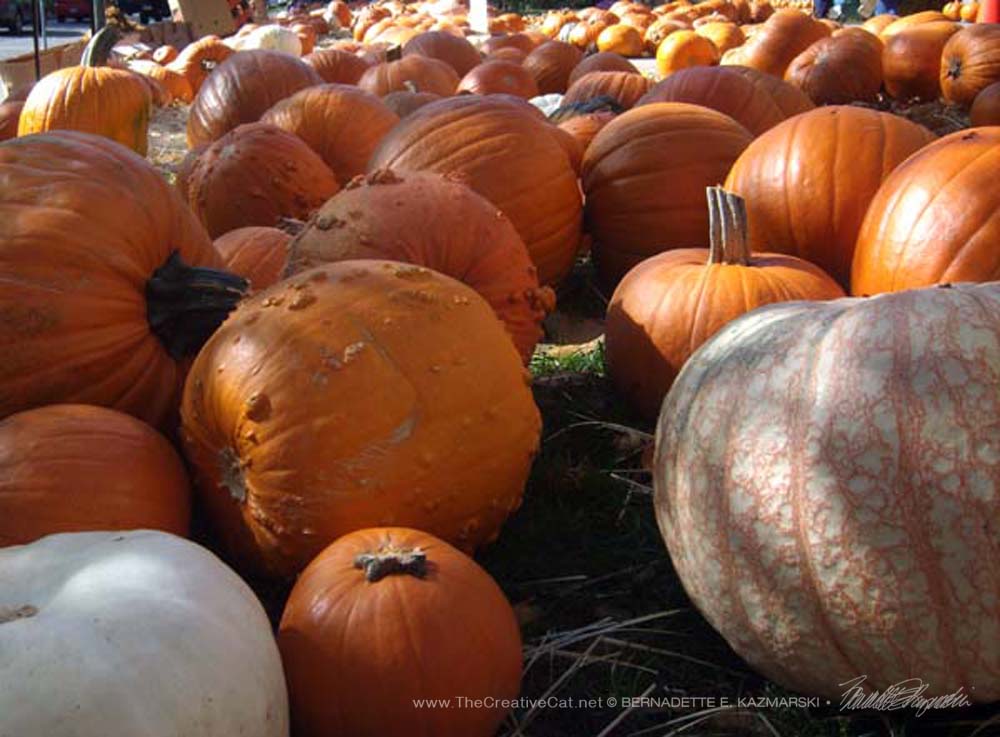
The medium-sized pumpkins, like the ones you carve into jack-o’-lanterns, are usually field pumpkins and often fed to livestock. The flesh wall is a little thinner, the flesh itself a little coarser and lighter in color with usually about 75% as much sugar. They aren’t good for pies, but they work just fine for constipation.
The extra-large ones that are often seen in competitions aren’t good for much but gawking at where most of us are concerned, though they are also used for livestock feed. They are raised for size and weight, not nutrition, though they do have fiber and buckets of seeds inside.
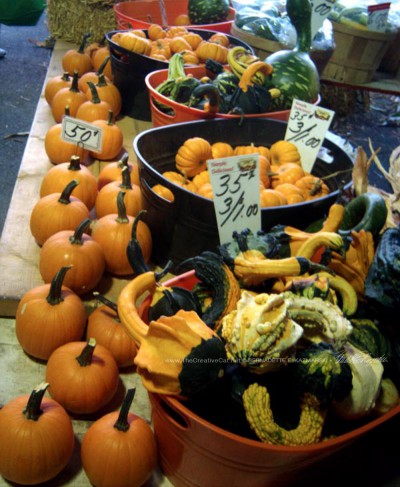
Be careful of gourds, since there is a gourd that looks like a small pumpkin and some medium-sized ones that are nice to look at as well. Gourds are edible but you probably wouldn’t want to since as they mature they grow more bitter and simply don’t have any of the nutrition or fiber you’d find in pumpkin. Better to let them dry and varnish them for decoration and use as homemade maracas!
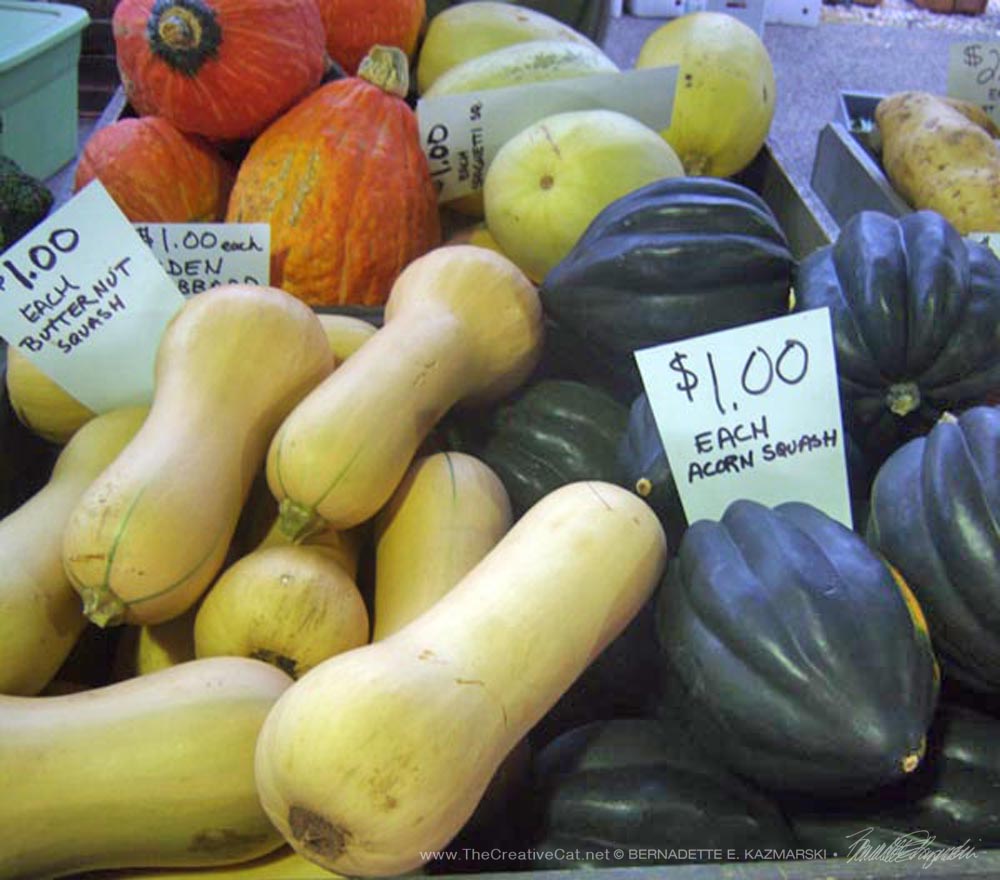
Consider other winter squashes in your search. Pumpkin really is a winter squash just like butternut or acorn, the two most commonly found in grocery stores or farmer’s markets, and all have about the same amount of fiber and nutritional value. Butternut and acorn have slightly thicker and harder skin, or rind as some call it, and this helps the squash keep raw in your refrigerator or a cold cellar through the winter. Pumpkin has a thinner, softer skin and generally will not keep for more than a month or two.
Preparing your pumpkin
For ease of instructions, I’ll figure you found an average-sized pie pumpkin about the size of the one Mr. Sunshine is investigating or the one in front of it or up on the stand. The fourth one works just fine but is smaller and will yield less puree.
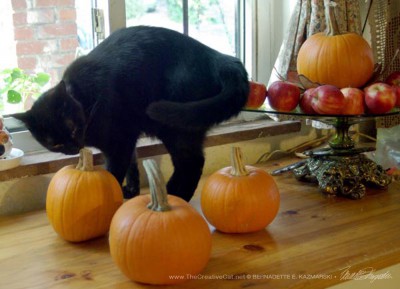
Mr. Sunshine’s pumpkin, meant for pies, has flesh about 1” thick or more, weighs about three pounds and measures about 20” in circumference. It feels solid when you pick it up and when you knock on it (not too hard, please).
A pumpkin this size will yield about two cups of pureed pumpkin by either method below.
I roast my pumpkins just like roasted butternut or acorn squash because it takes less time, it’s much neater, it slowly evaporates the extra moisture but leaves enough to make a puree that generally doesn’t separate when used for cooking, and it carmelizes the sugars, which is better for pies than for your cat, but still not bad for them.
Preheat your oven to 350 degrees, cut your pumpkin in half from top to bottom, pull off the stem and toss on the floor for a cat toy, scoop out the seeds and keep in a bowl (directions for those later). Place the two halves of the pumpkin in a shallow pan with about ¼-cup of water, cover with foil, roast for at least one hour. It’s done when it’s tender by poking with a sharp knife. Let cool, peel, cut into chunks and mash or puree in food processor.
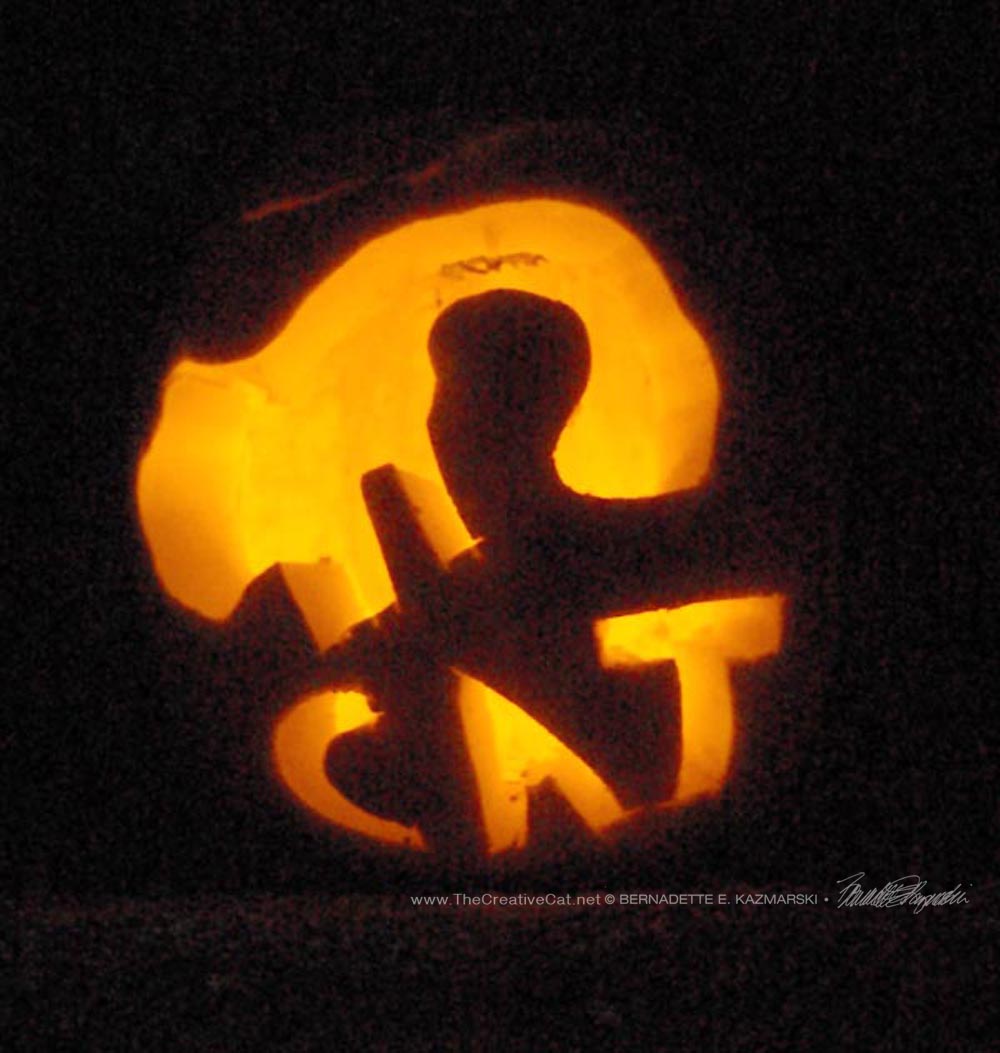
Stewing works just fine but you need to have several hours to watch over and stir your pumpkin as it cooks down; when it cooks down to a puree it can spatter, and hot flying pumpkin puree is not fun to deal with, though this is the centuries old method for pumpkin pie filling.
Halve and quarter your pumpkin from top to bottom, scoop out the seeds and keep in a bowl. Peel the skin and cut the flesh into 1” chunks, place in heavy pot and add about one cup of water. Set on medium heat, cover, and check about every 15 minutes to stir the chunks and see how they are softening, mashing as they do. When they are all pretty much mashed remove the lid and cook for about an hour to allow the moisture to evaporate. When completely cooked, let cool.
Storing your pumpkin
For your pet’s use, scoop tablespoons of the puree into the sections of an ice cube tray. You can remove the cubes one at a time to thaw and know how many doses you have for the pet in question.
For larger amounts, freeze by the cupful in plastic containers. A 9” pumpkin pie takes about two cups of pumpkin with other ingredients added.
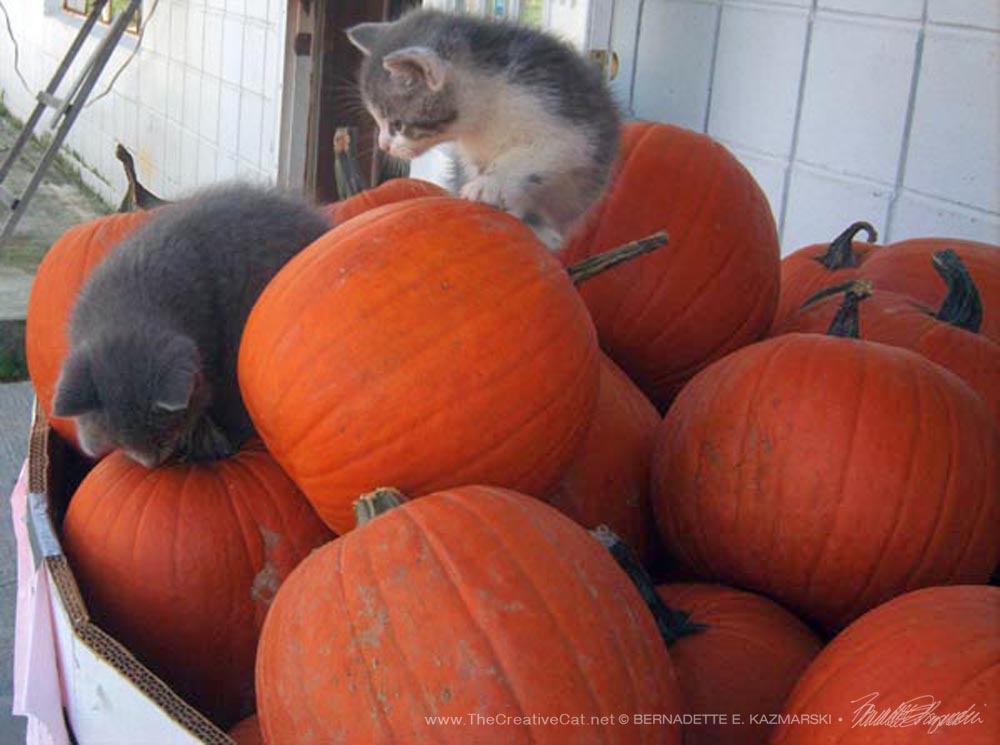
Using other pumpkins
These kittens at my former Agway store are modeling slightly larger pumpkins than pie types but not quite jack-o’-lantern sized. With these, you’d simply do the same procedure, but if roasting cut it into smaller pieces.
How about a snack for you? Pumpkin seeds!
Who doesn’t remember the boxes of white pumpkin seeds that were so salty they made you pucker just to smell them? I loved them anyway, and when I found a way to roast my own without all the extra salt I began making a jar of them every year. The nutmeat is very sweet and nutritious, and by the name of pepitos it is included in some recipes. Here you soak the seeds in strong salt water, which helps to soften the shell but just leaves enough salty flavor that doesn’t overpower the nutty flavor.
Rinse the seeds and remove as much of the muck they are stuck to as possible. To a bowl that will hold about twice as much in seeds as you have add a quart of water and ¼-cup of salt. Stir to dissolve; the water can be warm, but not hot. Add the seeds and let soak for 30 minutes to an hour, drain off the liquid. Preheat the oven to 300 degrees, lightly oil a cookie sheet and place the seeds in a single layer, bake for 20 minutes, stir, bake for 20 minutes more. Let seeds cool. Store in tightly closed jar.
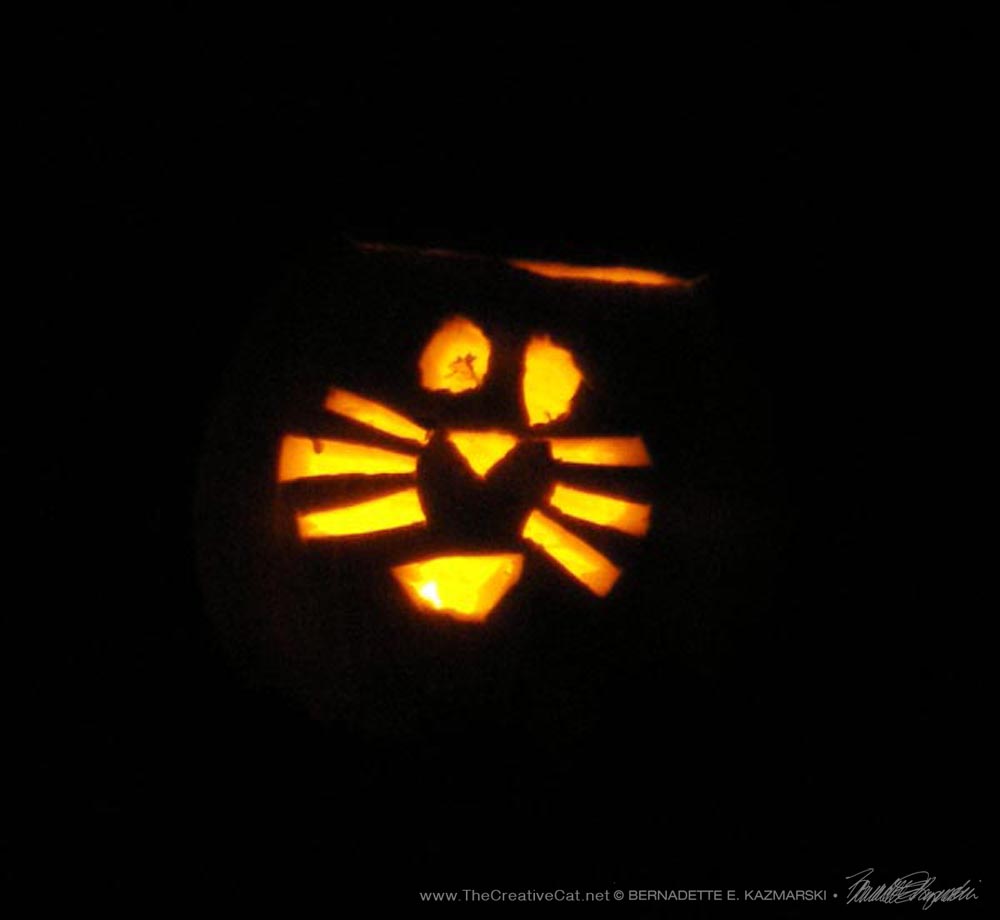
And free bird seed!
Birds LOVE pumpkin seeds and the seeds from any squash or melon. I read about this in one of my birding magazines and tried it with squash seeds I’d saved, placing a quarter cup at a time in the trays of several feeders. There was a sudden bird riot and the squash seeds were gone in minutes.
To prepare clean and soak the seeds 30 minutes in salt water deep enough to cover to soften the seed coating, drain. Roast as outlined above, store for mid winter. You can just let them dry, but it’s difficult to tell they are completely dry so it’s safest to turn on the oven.
And next year…consider growing a few!
Big Cats love pumpkins!
 Who would think big cats would play like kittens—with pumpkins! Pretty big pumpkins, swatting them like bizzy balls and chasing them in the water like beach balls! Each year Big Cat Rescue is lucky enough to receive left over pumpkins from stores after Halloween. Pumpkins are a great source of enrichment for the cats, as well as a great source of entertainment for the staff and volunteers at Big Cat Rescue. Watch this video on YouTube: BIG CAT HALLOWEEN!
Who would think big cats would play like kittens—with pumpkins! Pretty big pumpkins, swatting them like bizzy balls and chasing them in the water like beach balls! Each year Big Cat Rescue is lucky enough to receive left over pumpkins from stores after Halloween. Pumpkins are a great source of enrichment for the cats, as well as a great source of entertainment for the staff and volunteers at Big Cat Rescue. Watch this video on YouTube: BIG CAT HALLOWEEN!
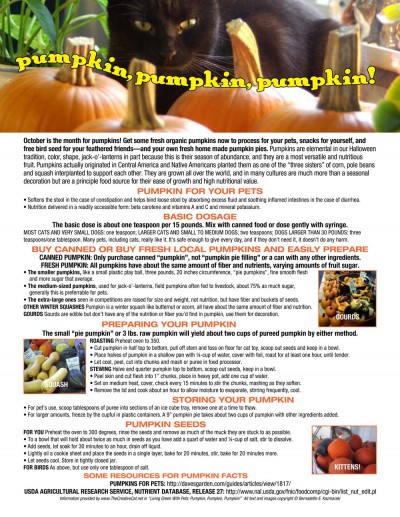
. . . . . . .
Click here to download your guide to using pumpkin for your pets.
. . . . . . .
References in this article
. . . . . . .

This article was originally published in September 2011 and won a Certificate of Excellence in the 2012 Cat Writers’ Association Communications Contest; read more. It was also published in the October 2012 issue of Pittsburgh Pet Connections Magazine before I became chief editor.
Read other articles about “Living Green With Pets” and in the category of “Health and Safety”
Shared in Inspire Me Monday on Create With Joy

. . . . . . .
This article was featured on:
All images used on this site are copyrighted to Bernadette E. Kazmarski unless otherwise noted and may not be used without my written permission. Please ask if you are interested in using one in a print or internet publication. If you are interested in purchasing a print of this image or a product including this image, check my Etsy shop to see if I have it available already. If you don’t find it there, visit Ordering Custom Artwork for more information on a custom greeting card, print or other item.
© 2015 | www.TheCreativeCat.net | Published by Bernadette E. Kazmarski
—
Weekly schedule of features:
Sunday: Essays, Pet Loss, Poetry, The Artist’s Life
Monday: Adoptable Cats, TNR & Shelters
Tuesday: Rescue Stories
Wednesday: Commissioned Portrait or Featured Artwork
Thursday: New Merchandise
Friday: Book Review, Health and Welfare, Advocacy
Saturday: Your Backyard Wildlife Habitat, Living Green With Pets, Creating With Cats
And sometimes, I just throw my hands in the air and have fun!
—



Hi! All your pictures are great but that first picture is amazing! Thanks for all the tips. 😀
Vashti, thanks for visiting! I love that photo–Mewsette is such an incredible model.
I love anything pumpkin! And so does our sweet Jazmine!
Deb, it matches her furs! Too cute! I love pumpkin things too and wish I had more time for baking. Hope you’re enjoying autumn, such as it is down there!